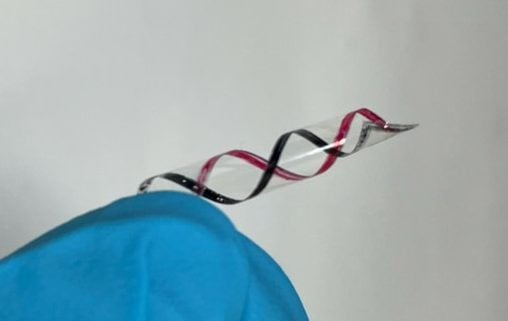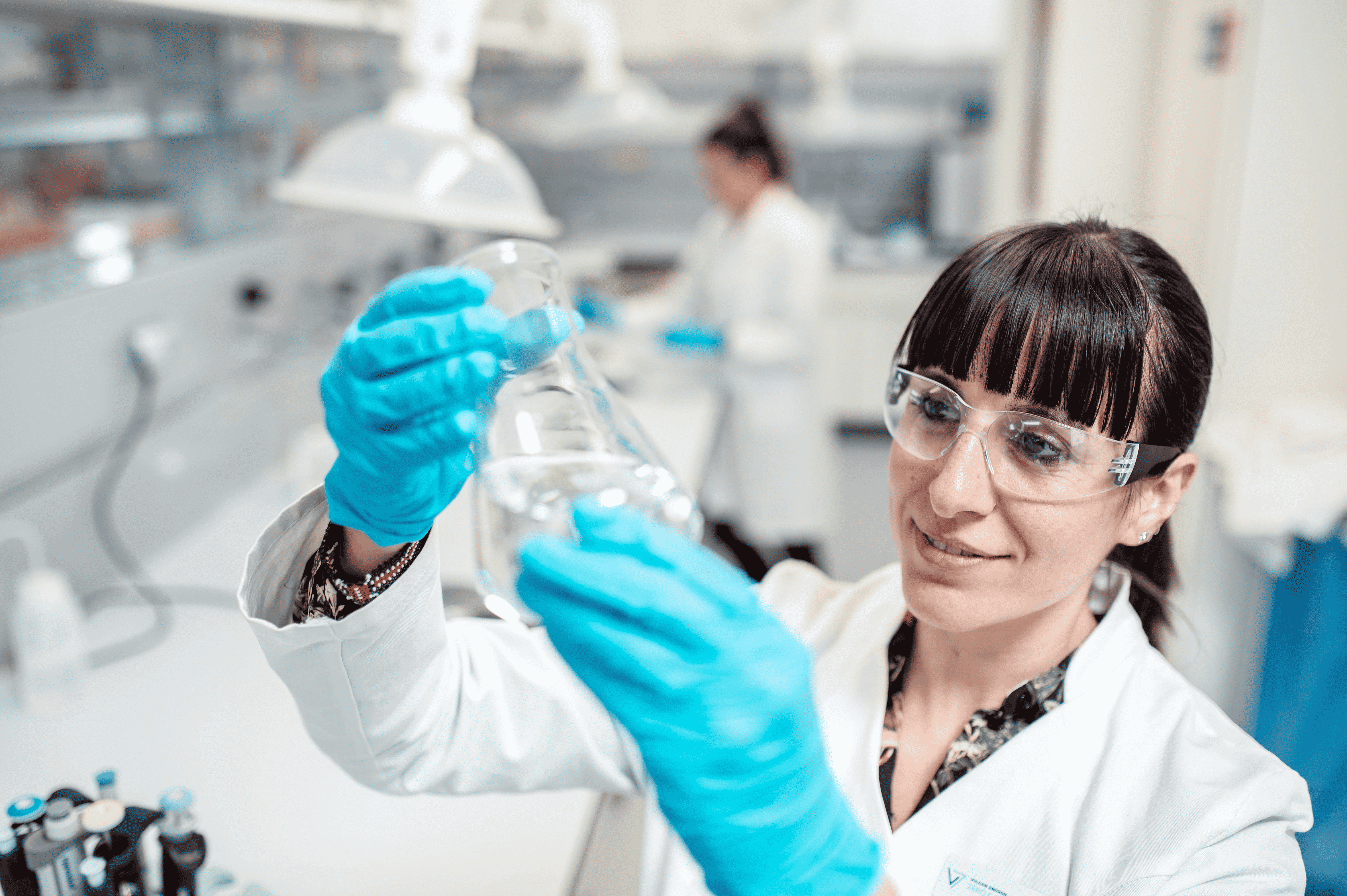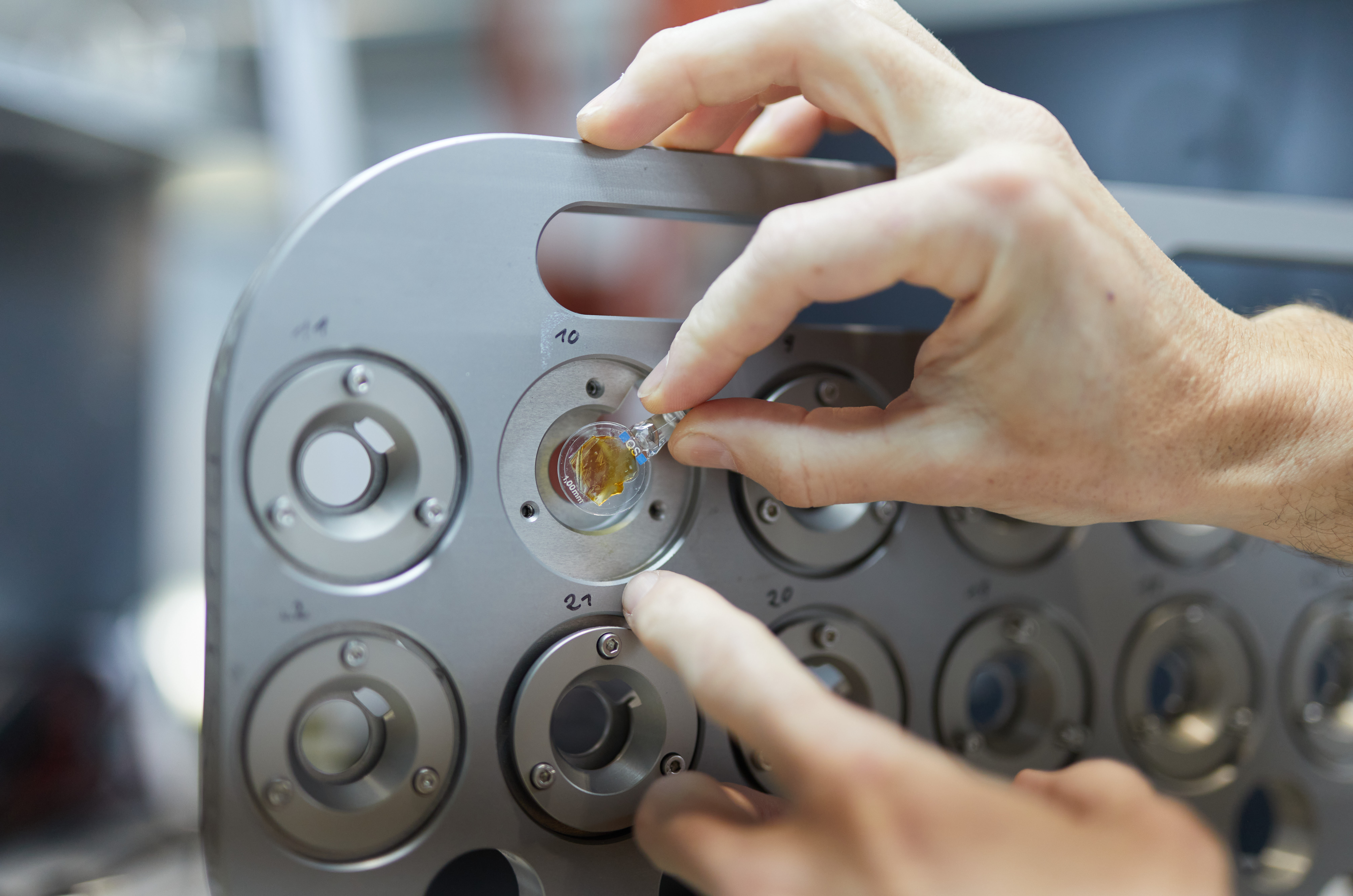
A research team from Göttingen University in Germany has developed a new type of bioplastic or hydroplastic that is based on cellulose, which makes up the main component of a plant’s cell wall.
A small modification of the cellulose structure through process known as hydrosetting creates a new material that the researchers have dubbed cellulose cinnamate. This organic plastic has a number of unique characteristics. For instance, it is easy to recycle, inexpensive to produce, and malleable and moldable when it comes into contact with water.
The disadvantage is that it cannot be used for storing any wet products, such as juice for example, as it will lose its shape again.

Simple process
“Our study has the potential to form the basis of a whole range of environmentally friendly forms of bioplastics with a raw material that is virtually inexhaustible,” says Kai Zhang of Göttingen University.
According to him, the new method does not require expensive and complex machinery or energy-intensive processing. It significantly simplifies the production of plastics and makes their processing and recycling more environmentally friendly and sustainable.
Zhang adds, “Bioplastics like ours can be used in many diverse fields such as biology, electronics and medicine.” These research findings were published in the journal Nature Sustainability.
See our archive on bioplastics as well.







